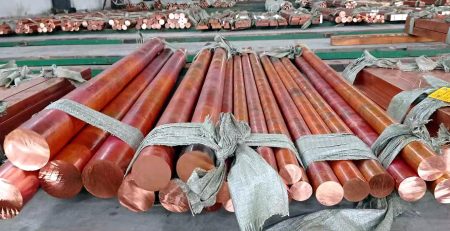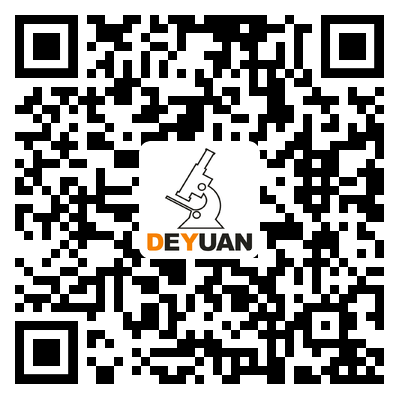D2EHPA metal solvent extractant introduction
D2EHPA (Di(2-ethylhexyl) phosphoric acid) is a commonly used extractant in hydrometallurgy, which is the process of extracting metals from ores using liquid solutions. D2EHPA is often used to extract metals such as copper, nickel, cobalt, and rare earth elements from aqueous solutions. It is known for its high selectivity and efficiency in metal extraction processes.
The specification of D2EHPA can vary depending on the manufacturer and intended use. However, some common specifications for D2EHPA are:
– Chemical formula: C16H35O2P
– Molecular weight: 298.42 g/mol
– CAS (Chemical Abstracts Service) number: 298-07-7
– Appearance: Clear or pale yellow liquid
– Purity: Typically 95% or higher
– Density: 0.97-0.98 g/cm3 at 25°C
– Boiling point: 530-540°C at 760 mmHg
– Solubility: Sparingly soluble in water, soluble in hydrocarbons, alcohols, and other organic solvents
– Acid content: Typically 98% or higher
– Copper extraction efficiency: 99% or higher under certain conditions.
D2EHPA (Di-2-ethylhexyl phosphoric acid) is often used as an extractant in the hydrometallurgical industry to separate valuable metals from their ores or other raw materials.
The general procedure to use D2EHPA in such applications involves the following steps:
1. Dilute the D2EHPA extractant with a suitable solvent (usually an organic solvent, such as kerosene or naphtha) to make a working solution.
2. Adjust the pH level of the solution to the desired range, often by adding a suitable acid or base. The pH range will depend on the specific metal and the conditions of the separation process.
3. Mix the working solution with the aqueous solution containing the metal ions to be extracted. The D2EHPA will selectively react with the target ions to form an organic phase.
4. Separate the organic phase and strip the metal from the organic phase using a suitable solvent or acid. This leaves the D2EHPA extractant available for reuse.
The specific parameters for using D2EHPA can vary widely depending on the application and should be optimized through experimentation and analysis. It is essential to follow strict safety protocol when handling D2EHPA and ensure proper disposal of unused solutions.
D2EHPA (Di-(2-ethylhexyl) phosphoric acid) is considered a dangerous good. It is classified as a corrosive substance according to the United Nations Model Regulations on the Transport of Dangerous Goods. When transporting D2EHPA, it is important to follow the appropriate safety protocols and regulations. This may include packaging and labeling the material correctly, and following specific transportation requirements such as using specialized containers or vehicles. It is recommended that you consult with a qualified safety professional or logistics expert to ensure compliance with all relevant regulations.
Even it is very comples, if you buy our goods, we’ll in charge to do the export procedure.
The detailed procedure as below:
- We need send sample to state special laboratory to inspect it, then they give us a Report on Classification and Identification of Hazardous Characteristics of Dangerous Goods.
- We buy the required package to load it and invite commodity inspection bureau to inspect the package, then give us the license of dangerous packing and shipping, then we can transport the goods to sea port.
- With this license the goods can be released to dangerous goods storehouse to be loaded in container, if we use IBC tank, also need a Classification Society Certificate.
- Normally the dangerous goods should be transported through Shanghai port.
We special to focus on R&D metal extraction reagents, our major products as below:
- DZ988N/DZ973N/DZ902 copper solvent extraction reagent.
- DZ272 Nickel, cobalt, manganese, and magnesium separation extractant.
- DY319 high efficiency nickel cobalt co extraction extractant.
- DY377 efficient nickel and diamond separation extractant.
- DY366 new advanced nickel cobalt extractant.
- P204 (D2EHPA or HDEHP) extractant.
- DY301, DY302 for nuclear spent fuel recovery.
- Other extraction reagents for Vanadium extractant, Lithium extractant, Ferro extractant and rare earth extractant.



